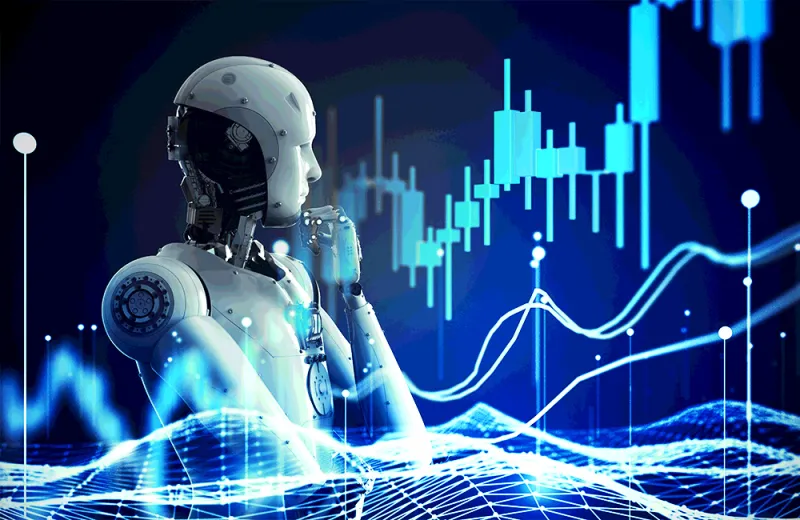How AI Is Making Prediction More Precise — And What That Means for Risk and Human Behavior

Illustration by II
In their new book, WorldQuant’s Igor Tulchinsky and Christopher E. Mason explore how predictive technology is reshaping everything from markets to medicine.
Igor Tulchinsky
Christopher E. Mason
WorldQuant Initiative
Chicago
Tulchinsky

